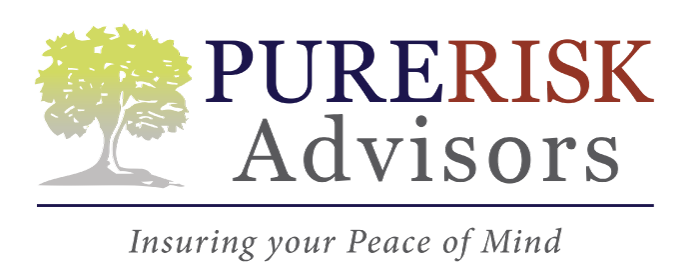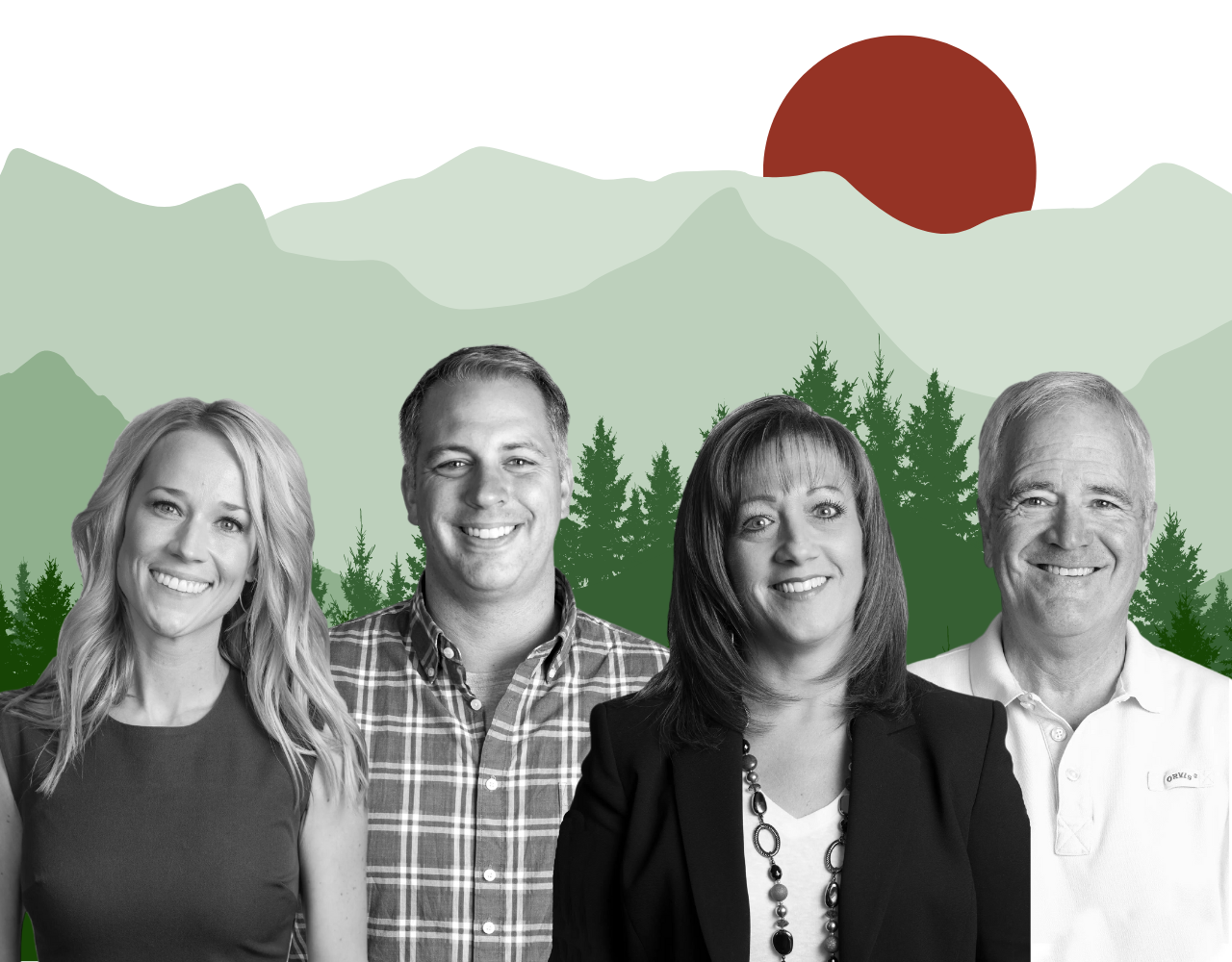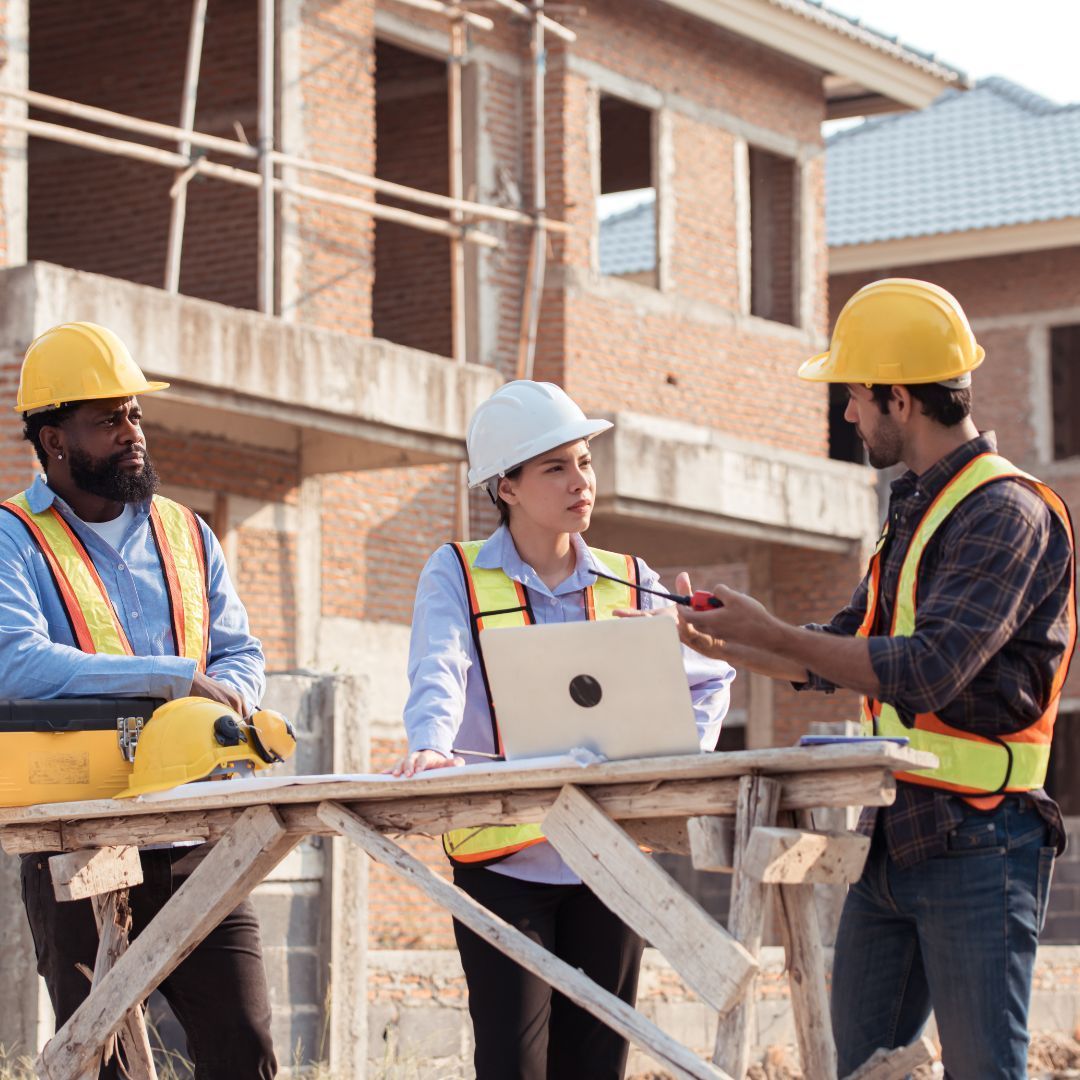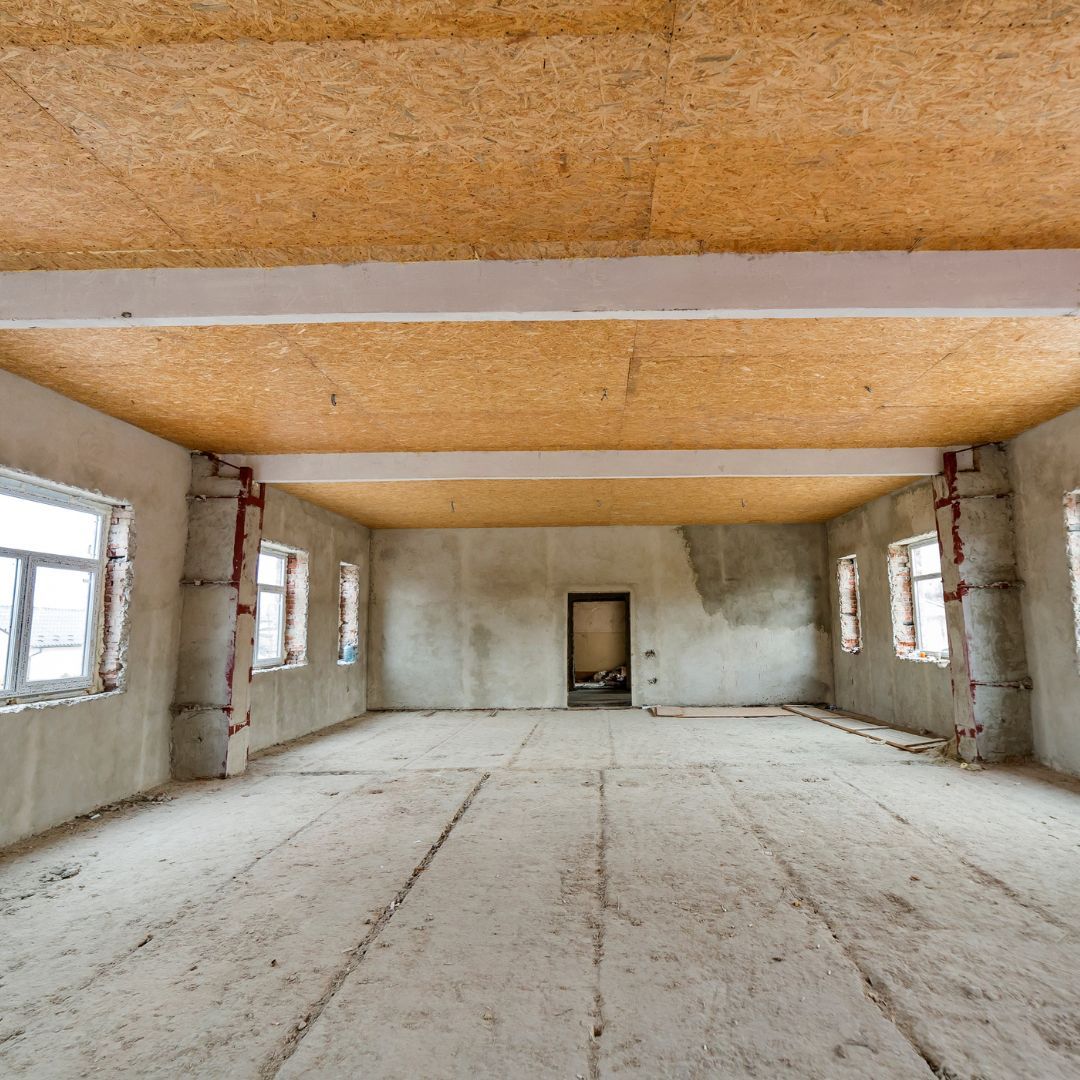Fire Safety at Home & Work
See How We're Different
or call us: 303-834-1001
This month, we want to talk about fire safety and encourage you to make sure that you’re doing all you can to prevent fires in both your home and workplace.
Prevent Fires at Home
Did you know that cooking is the #1 cause of home fires and home fire injuries? Unattended cooking is the leading cause of fires in the kitchen. Cooking brings family and friends together and we want to make sure that you serve up safety in the kitchen!
Here are some helpful tips to follow when you are serving up meals for your family and loved ones:
- Stay in the kitchen when you are frying, boiling, grilling, or broiling food. If you have to leave, turn off the stove.
- If you are simmering, baking, or roasting food, check it regularly and stay in the home.
- Keep anything that can catch fire (oven mitts, wooden utensils, food packaging, towels, curtains) away from the stovetop.
- Turn pot handles toward the back of the stove when cooking to avoid accidents.
- Loose clothing can hang down onto stove burners and catch fire. Wear short, close-fitting, or tightly rolled sleeves when cooking.
- Have a “kid-free zone” of at least 3 feet around the stove and areas where hot food or drink is prepared or carried.
- Always keep a lid nearby when cooking. If a small grease fire starts, slide the lid over the pan and turn off the burner. Leave the pan covered until it’s cool.
- If you do have a cooking fire, just get out! You can call 911 after you leave the house.
- Scald burns are the second leading cause of all burn injuries. Open containers slowly when removing them from the microwave and keep your face away from the oven door when checking on food.
Double check your home. Do you have working smoke alarms on every level of the home, outside all sleeping areas, and in each bedroom? Do you have a home fire escape plan and do you practice the plan with your family? If you need help setting up a fire escape plan, the National Fire Protection Association (NFPA) has some great resources .
Prevent Fires at Work
Protect your place of business and employees by practicing good fire safety in the workplace. A fire can cause severe damage to business equipment, materials, and structures. Focusing on fire risk assessment, fire prevention, and staff education can help reduce the chance of fire and smoke damage.
Follow these steps to protect your staff and workplace:
- Assess the risk of fire hazards. The NFPA sets forth fire safety codes in place for businesses. If your local government offers it, a visit from a fire marshal is a great step for your fire prevention plan!
- Stock up on necessary fire protection equipment. An automatic sprinkler system, smoke detectors and fire extinguishers should be supplied on every floor. Know your tools and inspect them. Periodically remind your employees where the fire protection equipment is located.
- Make a safety/evacuation plan. Imagine various scenarios, establish roles and responsibilities, create a communication plan, and map evacuation routes. Preparing ahead of time is key.
- Educate your Employees. Have a fire plan and make sure all your employees know what to do in the event of a fire, including calling 911 immediately. Conduct fire drills at least once a year and review your evacuation plans. These plans should be displayed around the workplace as well as easy access to Fire Aid materials.
Taking the necessary steps to prevent fires in your home and workplace now is invaluable to protecting your family members and employees in the future.
The post Fire Safety at Home & Work appeared first on Pure Risk Advisors.













